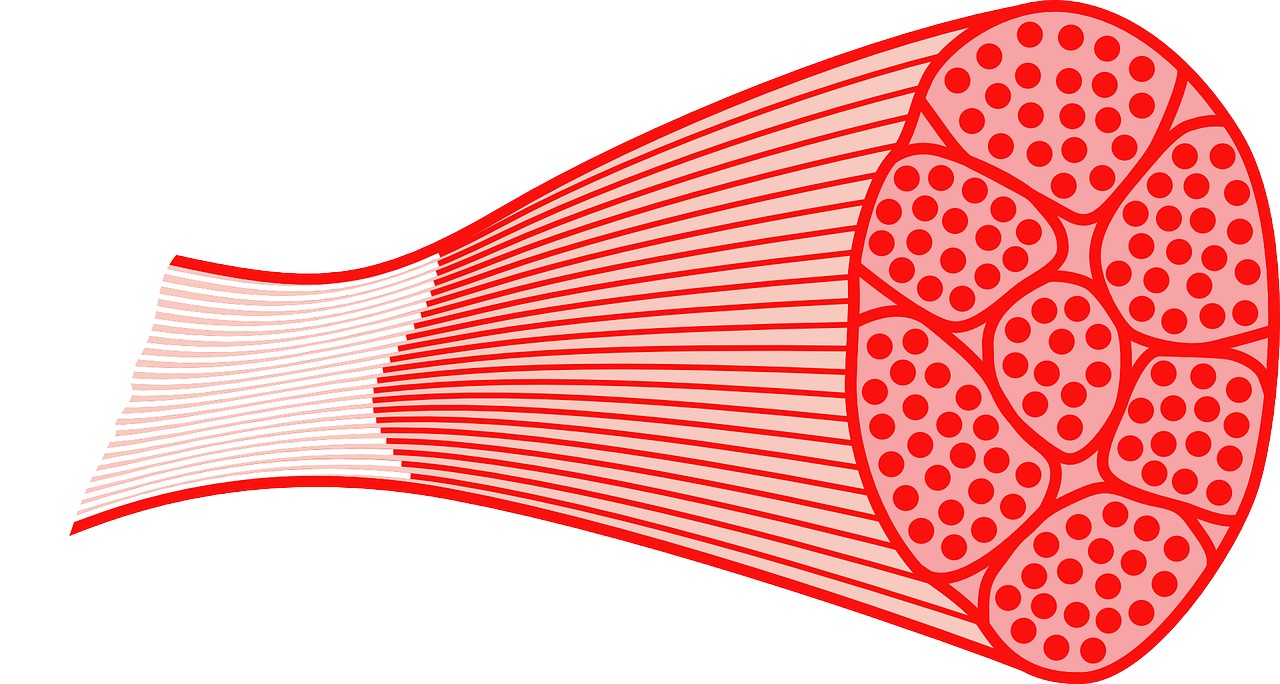
Source: t-nation.com
If your eye is extremely observant, perhaps you may have noticed that the strongest dude at the gym hoisting the heaviest weights is not always the most jacked or best developed guy. That is, unless you train in the presence of individuals with a Ronnie Coleman or Dorian Yates like mind set. So is there any value to chasing the pump? Is loading up the bar with as many plates as you can the best stimulus for your training? It depends on your goals. It will soon be mentioned what specific factors allow bodybuilders to accrue mass in spite of training relatively light.
The author of the article compared Tom Platz (famous for his leg size) to Fred Hatfield (first 1000 pound squatter). In 1993, the two men had a squat competition, which allowed for precious observations and comparisons. Here was the crucial finding: Fred maxed out at 855 pounds against Tom’s 765 pounds (a 90 pound difference), yet Tom squatted 525 pounds for 23 reps against Fred’s 11 reps (13 rep difference).
“Simply put, stronger does not necessarily equal bigger, and bigger does not necessarily equal stronger.”
While strength gains may be associated with increased cross sectional area, it is not a linear relationship. Non hypertrophy related strength gains can result from: neurological adaptations, enhanced coordination between muscles, increased stiffness of tissues (tendons, extracellular matrix etc.). Tendon insertions and bone proportions also will affect strength.
Similarly, size gains may be associated with strength gains, but not perfectly. Pennation angle, orientation of fibers relative to line of action, has been shown to be negatively correlated with strength. It has also been shown that bodybuilders have a greater pennation angle. When glycogen, solute and fluid build up within muscle cells, it is referred to as sarcoplasmic hypertrophy or non-contractile hypertrophy. This can produce a noticeable increase in size without impacting one rep max. While slow twitch muscle fibers have about half the capacity to hypertrophy as fast twitch fibers, bodybuilders nevertheless typically have a greater cross sectional areas of slow twitch fibers compared to powerlifters. It is thought that enhanced development of slow twitch fibers along with increased sarcoplasmic volume may contribute to the greater muscular endurance seen in bodybuilders compared to powerlifters.
Here are 10 reasons why bodybuilders have larger muscles than powerlifters in spite of training lighter.
- Higher Reps and Chasing the Pump
- Time Under Tension
- High Reps to Failure
- Muscle Isolation and Machines
- Manner of Execution
- Mind-Muscle Connection
- Instinctive Training and Biofeedback
- Intensification Methods
- Shorter Intra-Set Rest Times
- Training Splits









1 Comment